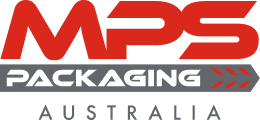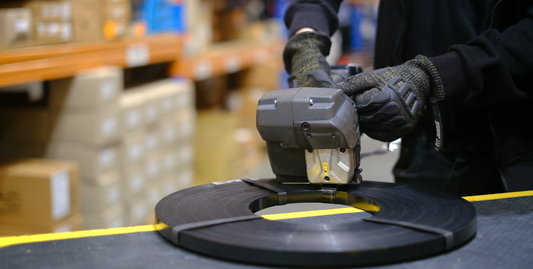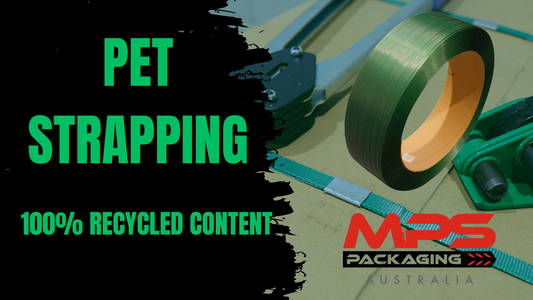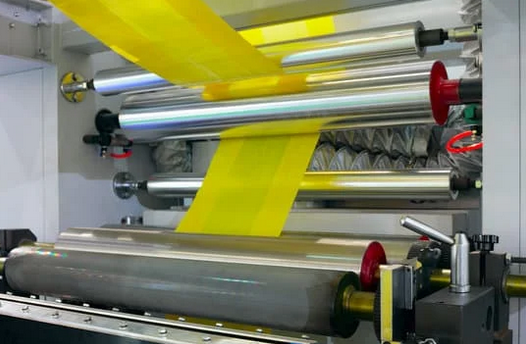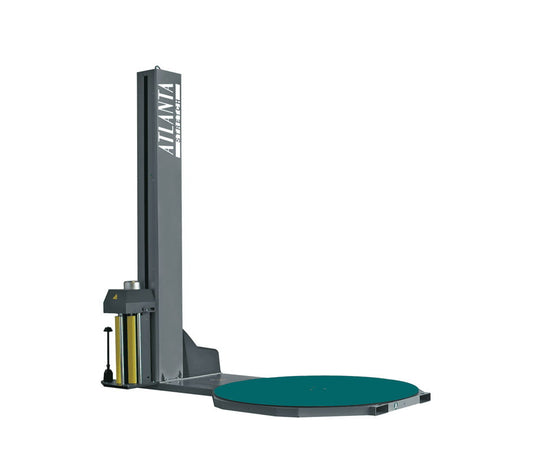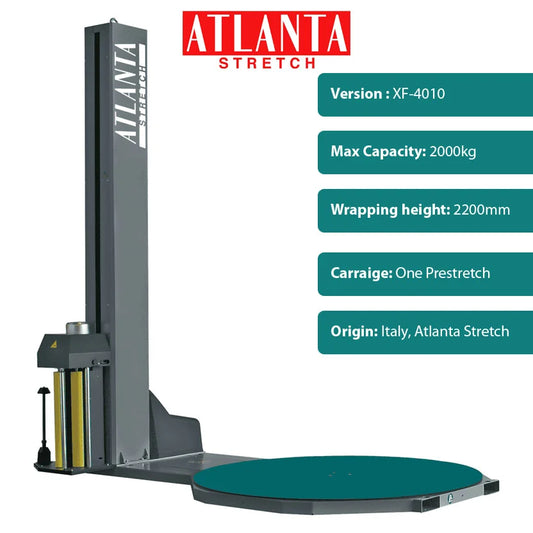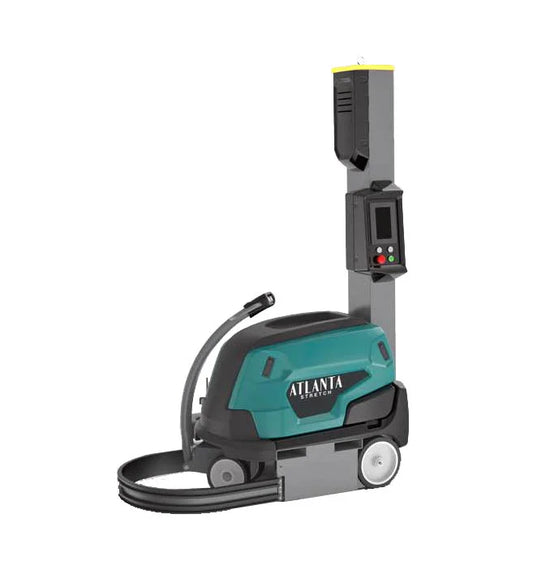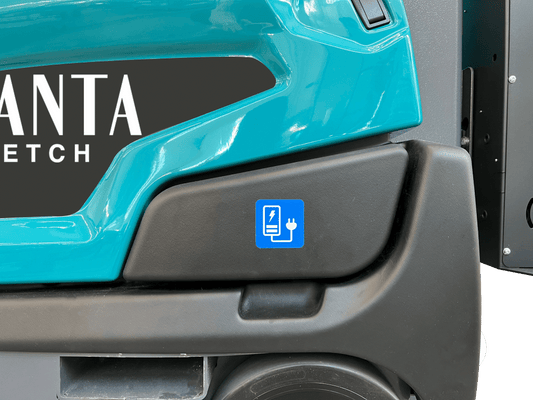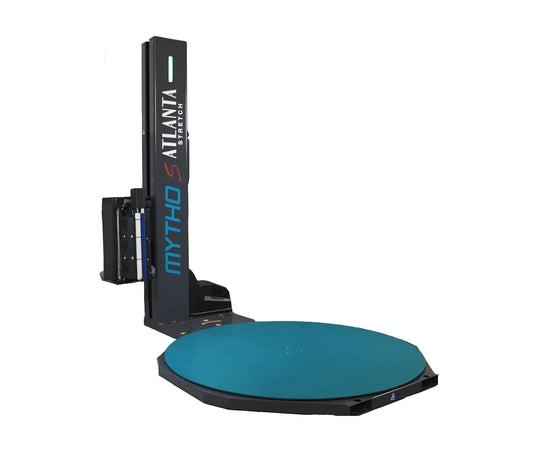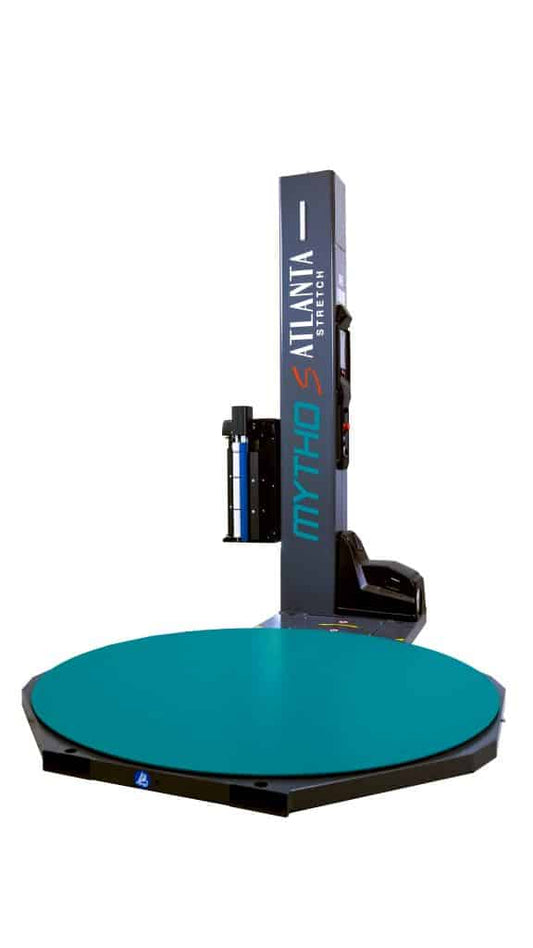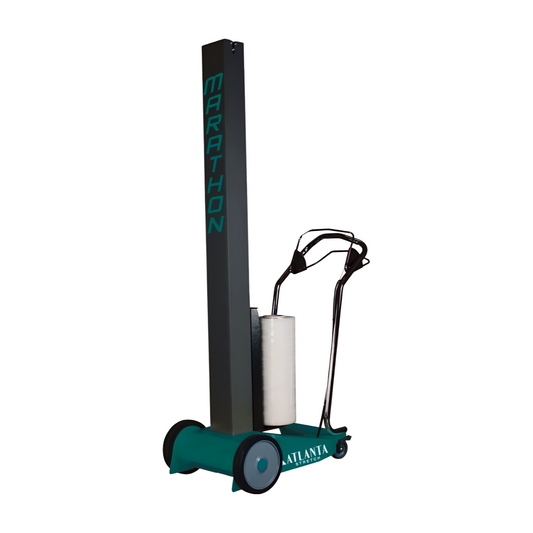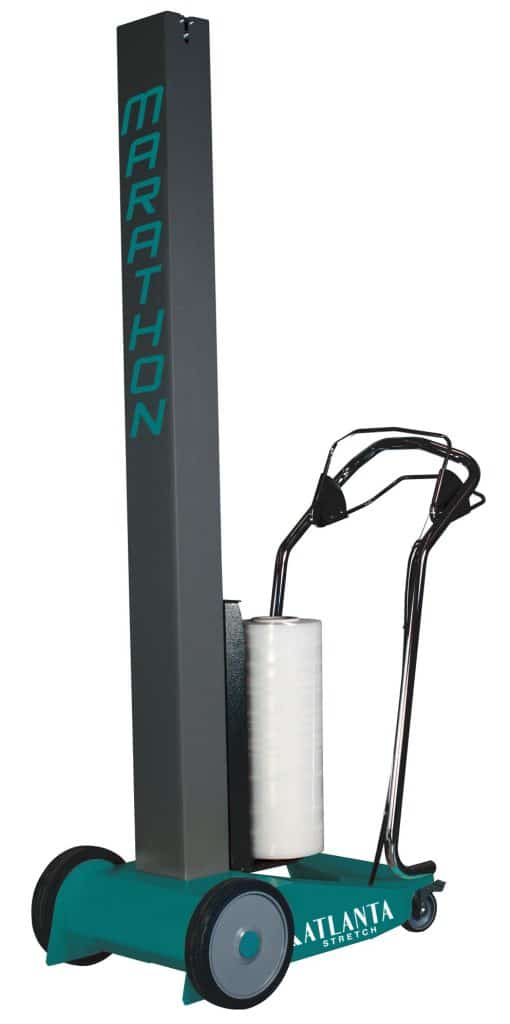So if you want to know how many pallets you can wrap from a roll of cling wrap. We can give you some estimates or you can work it out for yourself.
Now if you're in Australia, we would remind you to be diligent when selecting cling wrap suppliers as the market is heavy unregulated and even the top end of town is getting supplied under spec rolls of stretchwrap from "trusted brands" . Resellers and importers who sell primarily to stretchwrap resellers are also a major issue in supplying underweight rolls. With the resellers not knowing shit all about stretchwrap or knowingly ripping clients off. Meanwhile other brands use their marketing with such lines as "they trust us, so can you" (cring) meanwhile supplying products without the amount of meters displayed so they can rip of unsuspecting buyers of film.
Work out how many pallets wrapped per roll yourself.
The Cut and weigh test.
A cut and weigh test is a simple yet highly accurate way to measure how much stretch film is actually being used to wrap a pallet and what it’s costing you per load. The process involves wrapping a pallet exactly as you normally would, then carefully cutting off and weighing the film on a sensitive scale. That weight, combined with your roll’s net weight and price, allows you to calculate the true cost per pallet wrapped.
Unlike relying on supplier specifications or advertised roll prices, the cut and weigh method produces real, data-driven results from your own operation. It eliminates uncertainty caused by incorrect roll lengths, downgauged film thicknesses, or underweight rolls — issues that are increasingly common in the market. By basing decisions on measurable outcomes rather than printed labels, the cut and weigh test gives you a clear, scientific understanding of your wrapping efficiency, film yield, and true packaging cost.
Hand roll Estimates.

A typical hand stretch wrap roll usually contains between 2kg and 4.5kg of net film, depending on the product’s specification and intended application. Lighter, thinner films are often supplied on smaller rolls for easier handling, while heavier or thicker films are wound onto larger cores to provide greater yield. However, it’s important to note that roll weight doesn’t always tell the full story — the actual length of film can vary significantly. Some heavier-gauge or underweight rolls may only contain around 200 metres of film, while thinner-gauge rolls can reach up to 600 metres or more.
This variation means two rolls that look similar in size or price could deliver very different wrapping yields. A higher gauge film may provide better puncture resistance and load stability but will naturally use more material per pallet, while thinner films stretch further but may require more wraps to achieve the same load security.
When it comes to actual pallet wrapping, a hand-wrapped pallet can use anywhere from 150 grams of film when using thin, efficient stretch film, to 600 grams or more when using thicker, heavy-duty material. The pallet size, wrapping pattern, and film gauge all play major roles in determining the total amount of wrap applied. These variations highlight why conducting a cut and weigh test is so valuable — it reveals the real amount of film used per pallet and provides an accurate cost comparison across different film types and wrapping methods.
If we break down the figures from the examples above, the numbers clearly show how film gauge and roll length affect yield and cost. For instance, a 2 kg hand wrap roll that uses 150 g of film per pallet will wrap around 13 pallets per roll (2,000 g ÷ 150 g = 13.3). At a roll price of, say, $20, that works out to roughly $1.50 per pallet wrapped. In comparison, a 4.5 kg roll using 600 g per pallet will only wrap about 7 pallets per roll (4,500 g ÷ 600 g = 7.5). Even if that heavier roll costs $35, the true cost per pallet jumps to about $4.60 per pallet wrapped.
Friction brake machine

When looking at machine pallet wrapping, the same logic applies — film gauge, roll weight, and wrapping method all dramatically influence how much material you actually use per pallet. For example, a friction brake pallet wrapper typically uses anywhere from 250 g to 1 kg of stretch film per pallet, depending on how tight the film is tensioned, the type of load, and the operator’s wrapping habits. The rolls themselves usually weigh between 10 kg and 16 kg net, meaning the number of pallets you can wrap per roll varies greatly. (Mind you 1kg of wrap per pallet is EXTREME, where we typically see around 500g of pallet wrapped on an avg pallet using 20um)
If we take a 10 kg roll and assume you use 250 g of film per pallet, you’ll wrap about 40 pallets per roll (10,000 g ÷ 250 g = 40). At a roll price of $80, that works out to just $2.00 per pallet. But if the same operator uses 1 kg of film per pallet, yield drops to only 10 pallets per roll (10,000 g ÷ 1,000 g = 10), making the cost per pallet $8.00. The difference — four times the material and cost — comes purely from film usage and wrapping style, not roll price.
Now let’s consider a heavier 16 kg roll. Using the same logic, if you use 250 g per pallet, you’ll achieve roughly 64 pallets per roll (16,000 g ÷ 250 g = 64). At $120 per roll, that’s a cost of around $1.87 per pallet. But if 1 kg of film is used per pallet, yield drops to 16 pallets per roll, and the cost per pallet rises sharply to $7.50.
These figures clearly show why evaluating by roll price alone can be misleading. What truly matters is how efficiently that roll is used on your machine. Friction brake machines, while cost-effective and simple to operate, rely heavily on the operator’s control and film tension setting. Small changes in wrap tension or the number of rotations can quickly increase film consumption. Conducting a cut and weigh test on your machine allows you to measure the exact film usage per pallet and identify opportunities to reduce waste, lower cost, and improve consistency in your wrapping process.
Prestretch pallet wrapper
With a powered pre-stretch pallet wrapper, the economics of wrapping shift significantly. These machines use a powered pre-stretch system that mechanically draws the film from the roll, stretching it from 1 metre to as much as 3 metres before it reaches the load. This process multiplies film yield by up to 300 percent, allowing the same roll to wrap many more pallets than a friction-brake or manual system could. Because the film is elongated under controlled tension, it grips the load tightly using far less material overall while still maintaining excellent load stability.
In practice, a pre-stretch wrapper may use only 100 grams to 400 grams of film per pallet, depending on the film grade, load size, and wrap settings. Let’s take a 16 kg roll as an example. If you’re using 100 g per pallet, that roll will wrap an impressive 160 pallets (16 000 g ÷ 100 g = 160). At a roll cost of $120, your cost per pallet is roughly $0.75. Even at 400 g per pallet, you’ll still achieve 40 pallets per roll, bringing the cost to just $3.00 per pallet — a major saving compared with friction-brake wrapping, which can easily reach $8.00 per pallet when film usage is high.
These figures highlight why powered pre-stretch systems have become the industry standard for high-volume operations. While the machines themselves represent a higher initial investment, the film savings, consistency, and load containment quickly offset the purchase price. With a properly tuned powered pre-stretch machine and quality film, you can achieve a tighter, more stable wrap at a fraction of the material cost — proving that efficiency and performance can go hand in hand.
Summery
The number of pallets you can wrap from a roll of stretch wrap (cling wrap) depends entirely on how much film you use per pallet, the machine type, and the roll’s net weight.
For hand wrapping, a typical roll weighs between 2 kg and 4.5 kg, and each pallet might use 150 g to 600 g of film. That means you’ll usually wrap 8 to 30 pallets per roll depending on film thickness, pallet size, and wrapping technique.
With a friction-brake pallet wrapper, rolls are heavier (around 10 to 16 kg) and film use ranges from 250 g to 1 kg per pallet. This gives you anywhere from 10 to 60 pallets per roll.
A powered pre-stretch wrapper offers the best efficiency. These machines stretch film from 1 m to 3 m, using only 100 g to 400 g per pallet. A standard 16 kg roll could therefore wrap 40 to 160 pallets, often cutting film costs by more than half compared to manual or friction-brake wrapping.
In short, the more efficiently your system uses the film — especially with powered pre-stretch — the more pallets you’ll wrap per roll and the lower your true cost per load.
Contact MPSPACK if you need any assistance selecting pallet wrapping films from us
